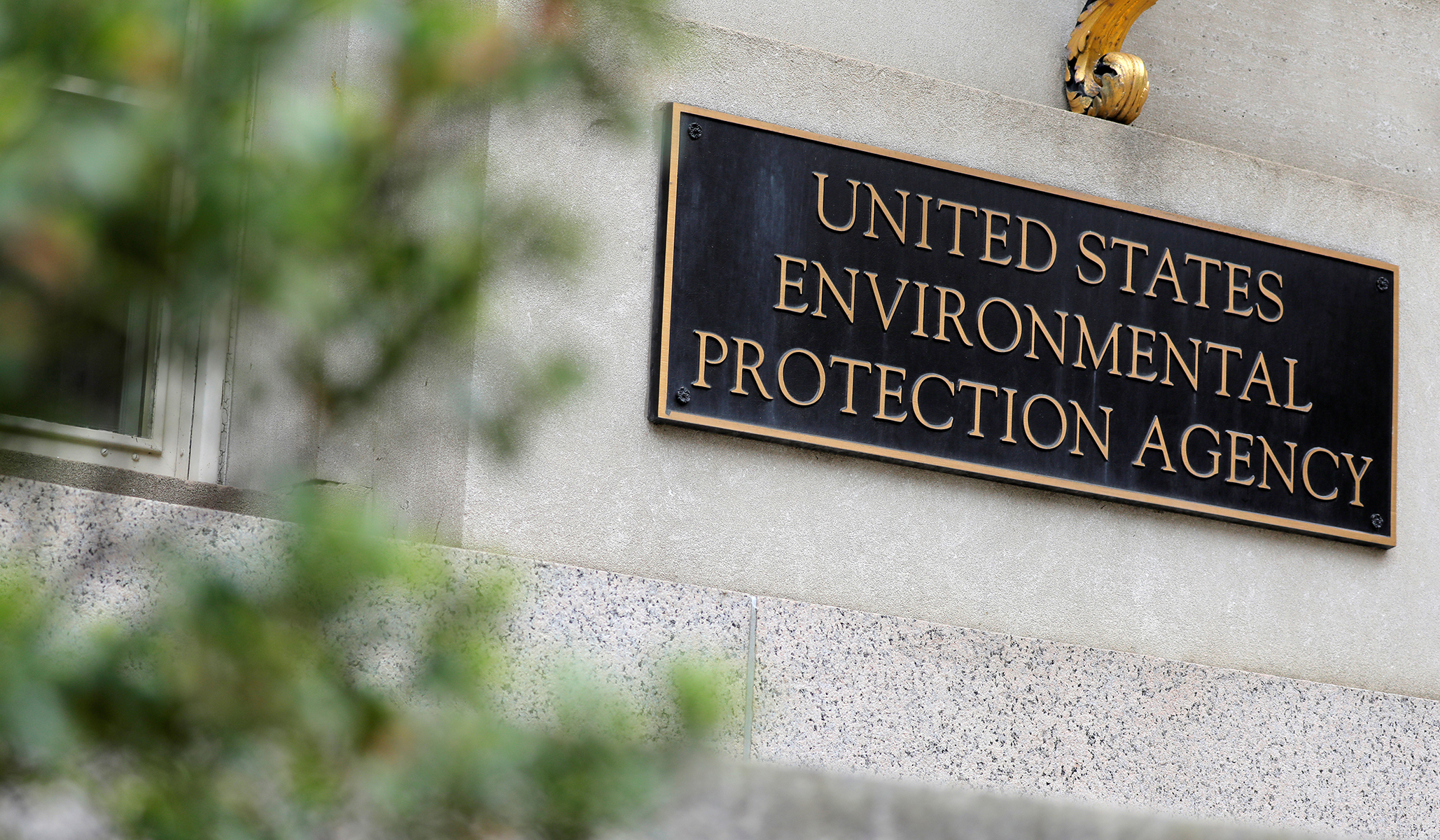On Monday, the Supreme Court will hear oral argument in West Virginia v. EPA, a case that poses significant questions about statutory interpretation, the power of federal agencies, and federalism.
At issue is the Environmental Protection Agency’s sweeping claim of regulatory authority under the Clean Air Act—essentially to do whatever it wanted to reduce or eliminate carbon from any part of the American economy. In 2015, this power grab took the form of the EPA’s Clean Power Plan (CPP), adopted to further President Barack Obama’s directive to “lead[] global efforts to address climate change” and thus “do what Congress wouldn’t.” The CPP imposed emission reduction mandates that were impossible for existing coal plants to meet due to existing limitations on technology, exorbitant costs, or the severe reduction of usage that would be required. That effectively would compel production to shift from coal plants to those that employed natural gas or renewable resources.
States would then be expected to develop plans to meet the emission reductions. States that did not develop a plan that met the EPA’s approval would be subject to the agency’s own federal implementation plan. One way or another, a state like West Virginia that wanted no part of this scheme would find itself forced into a California-type energy grid, complete with California-type shortages and energy prices. For some liberals, such shortages are a feature, not a bug of the system—part of the package entailed by the forced reduction of consumption.
West Virginia led a coalition of states and groups in a challenge of the CPP in court. As the litigation proceeded, the Supreme Court in 2016 stayed the rule by a 5–4 vote, pending the disposition of appellate review. Justice Scalia was in the majority for what turned out to be one of his final acts on the Court. That seemed to signal the challengers’ ultimate success on the merits. Before the case made its way out of the D.C. Circuit and back to the Supreme Court, Donald Trump became president. The case was held in abeyance and ultimately dismissed.
In 2019, the Trump administration repealed the CPP and replaced it with a new Affordable Clean Energy (ACE) rule. That was challenged as not stringent enough by numerous states and groups, many of which had defended the 2015 rule, while there was much overlap between other states and groups that defended the 2019 rule after having opposed the 2015 rule.
In 2021, a panel of the D.C. Circuit invalidated the CPP repeal as arbitrary and capricious and held the EPA had very broad regulatory authority that supported the earlier rule. The court stayed its mandate to allow the EPA to promulgate a new regulation. Judge Justin Walker dissented as to the EPA’s authority to issue the CPP.
On appeal to the Supreme Court, West Virginia v. EPA has been consolidated with three other cases, presenting the justices with a range of questions about the scope of the EPA’s authority from its asserted power to issue the CPP to its repeal under the ACE. The Court decided to grant review despite the request not to by the Biden administration, which stated its intent to issue a new rule. That, following the Court’s signaled skepticism in 2016, is an encouraging sign that a majority of justices are ready to stop one of the most brazen overreaches of administrative power in our time.
Section 111(d) of the Clean Air Act, the principal source of the EPA’s claimed authority to enact the CPP, had never previously been invoked to adopt such a regulation. The text, as amended in 1990, referred to “standards of performance for any existing source” covered by that section, and it prohibited the regulation of pollutants “emitted from a source category which is regulated under section 112.” Coal-fired power plants are among those categories already covered by Section 112 and thus excluded. In any event, the statute broadly refers to measures to determine an achievable emission limitation at particular facilities, not shifting to alternative power sources or otherwise transforming the power industry writ large.
Moreover, the notion that the EPA contains such sweeping power by implication violates the “major questions doctrine,” which requires Congress to speak clearly when assigning decisions of vast significance to agencies. Even if Section 111(d) were somehow held to implicitly justify the EPA’s extravagant claims, it includes barely any standards to govern the agency’s use of its power, rendering it an unconstitutional delegation of legislative power.
As Justice Gorsuch explained in his dissent in Gundy v. United States (2019),
enforcing the separation of powers isn’t about protecting institutional prerogatives or governmental turf. It’s about respecting the people’s sovereign choice to vest the legislative power in Congress alone. And it’s about safeguarding a structure designed to protect their liberties, minority rights, fair notice, and the rule of law.
West Virginia’s cert petition asserts, “At bottom, this case will determine the overall balance of power—legislative versus executive, and federal verses state—for one of the most significant public policy issues of our day.” By reining in the EPA, the Court can score a significant victory for the rule of law.

